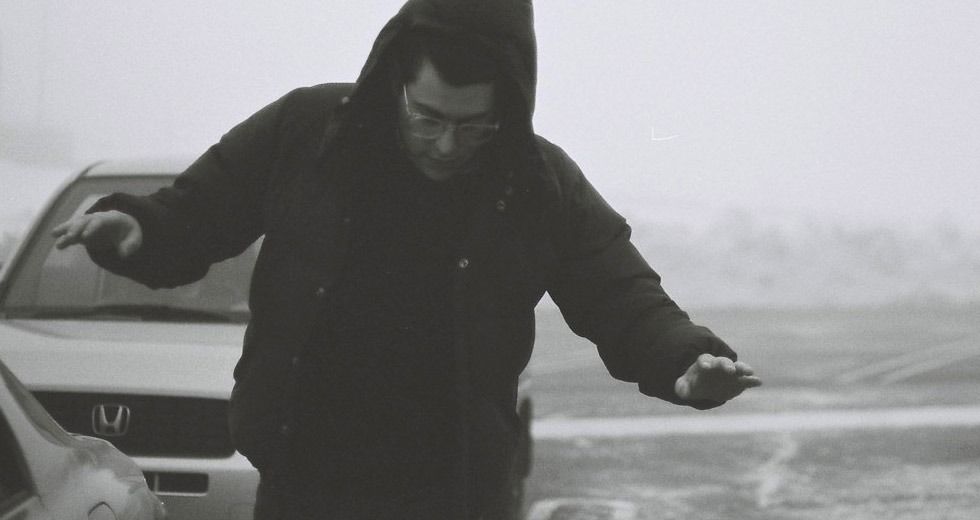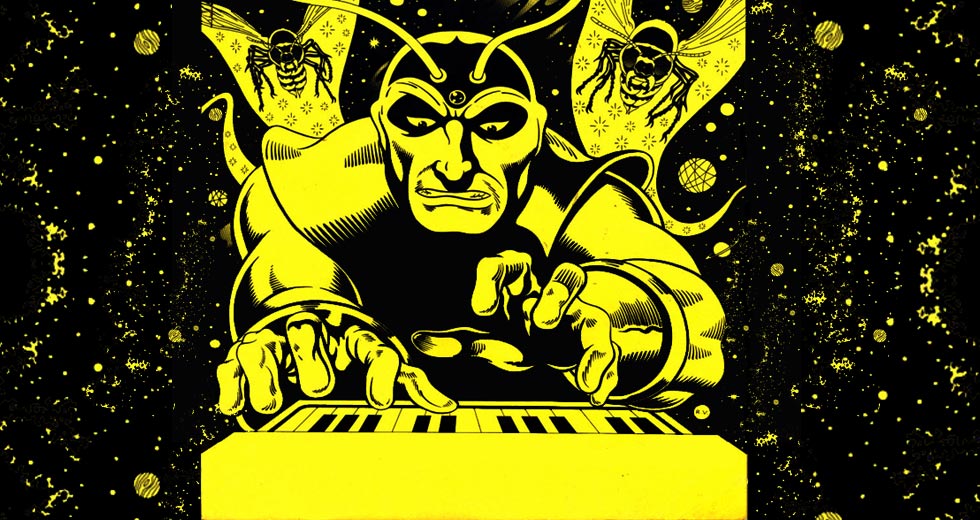Synth-Aesthesia: Silver Apples & The Simeon
In the first of our synthesizer exploration series, the ’60s oscillating outsider Simeon Coxe III shares the secrets to how he conjured electronic evocations with his namesake device
On a steamy night in 1967 at Cafe Wha? in New York City, one of the world’s strangest electronic instruments was conceived. The inventor, Simeon Coxe III, states, “One night, on a lark, I decided to plug in an oscillator and jam along with the cover band I was in at the time, the Overland Stage Electric Band. Besides the drummer Danny [Taylor] who later joined me, no one in the band was amused.”
And so begins the epic story of Silver Apples, the short lived, wildly influential oscillator-and-drum psych duo from the late 1960s. And so also begins the story of ‘The Simeon’ – the mythic, and aptly named, shape-shifting electronic beast of a rig that Coxe played in the band.
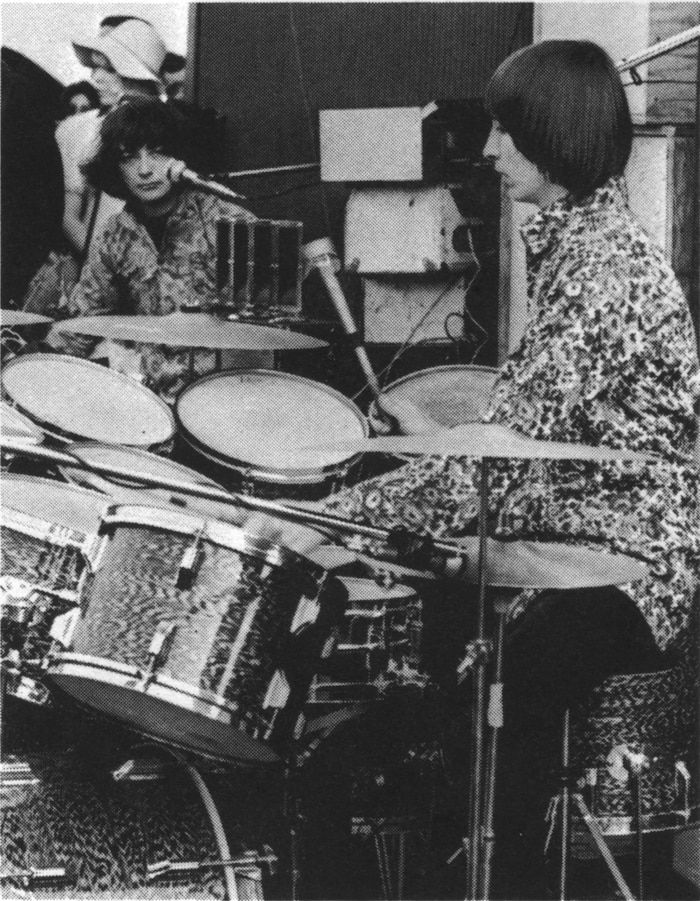
The band’s well-documented story was one marked by equal parts chaotic energy and catastrophe, so we’ll just delve in briefly. Lacking any formal musical training, Coxe’s playing alternated between droning oscillator tones and rudimentary atonal chords while Taylor’s drums pounded out voodoo-styled, body-awareness rhythms on specially tuned toms. After developing a cult following throughout New York City in 1967, the pair signed a small deal with the floundering KAPP label – oddly enough, better known at the time as the home for Andy Williams, Burt Bacharach and Cher.
The Apples released two albums through KAPP, and while the self-titled debut peaked on the Hot 100 on Billboard, the second album Contact became quickly mired in controversy and pulled from the shelves. The cover, which depicted the two in a Pan Am cockpit looking slightly inebriated, resolved on the back with the duo sitting on a log, with Coxe playing a banjo, amidst the wreckage of a Pan Am flight.
“Somehow, the whole concept of the album, with the crash on the back, escaped them,” Coxe shrugs. “They, the label, and Pan Am all signed off on the final product and it wasn’t until after it hit the shelves that some exec said, ‘hey, wait a minute! I think this isn’t good publicity’, and called in the lawyers. They sued everybody involved, including Silver Apples, and got a judge to issue some sort of injunction which took the records off the shelves nationwide and prohibited us from playing the music in public. That effectively killed KAPP Records, which was on delicate financial footing anyway. And New York City Marshals actually came on the stage at Max’s Kansas City and confiscated some of our equipment. The result was that we couldn’t play music to earn a living, KAPP folded, word quickly spread in the industry that Silver Apples were ‘untouchables’ and Danny and I just said, ‘screw this!’ And we parted ways.”
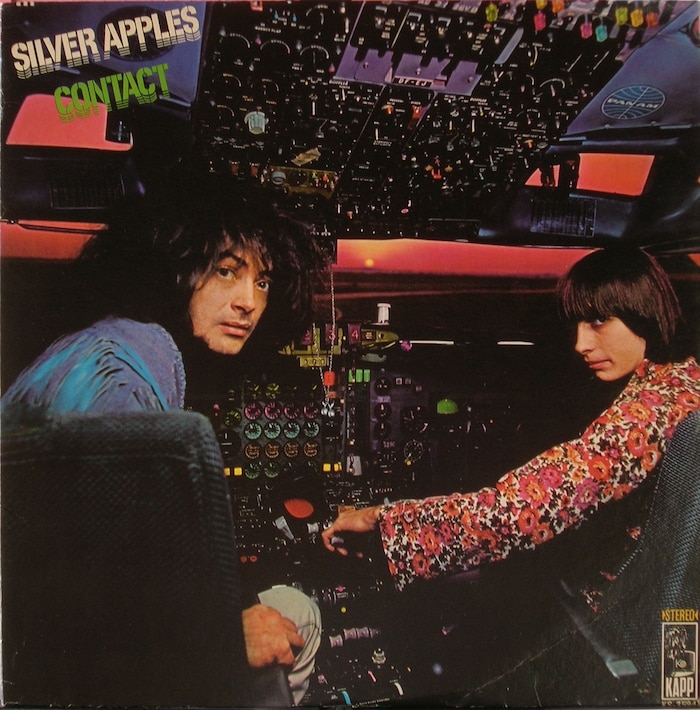
A renewed interest in the band allowed Coxe to revive the sound in the 90s using a modified version of The Simeon, but shortly after reconnecting with Taylor, Coxe was involved in an auto-accident and temporarily paralysed. Immediately upon Coxe’s recovery, Taylor passed away from a heart attack. Despite the sour succession of events, Coxe has arguably never been more popular: he has since embarked on annual solo tours, played venerated festivals like All Tomorrow’s Parties and shared stages with a who’s-who of successful experimenters like Portishead, BEAK>, Matmos and Grails, among others.
But I digress. We are gathered here today to talk about the instrument.
The Simeon was an ugly thing, really: an electrical heap containing 16 oscillators, foot pedals, a bank of telegraph switches, a couple of wah-wah pedals, Echoplexes and a very loud speaker. Christened after its inventor as a promotional ploy by the savvy marketers at KAPP, Billboard likened the rig in 1967 to a junkyard that “sounds like a mating call between two IBMs.”
“We always thought it was more like the mating call between a jackhammer and a Veg-O-Matic,” laughs Coxe.
Upon discovering that he could somewhat keep a tune on an oscillator after his experiment at Cafe Wha?, Simeon began collecting the World War II-era devices from Army and Navy surplus stores around the New York area, gradually building up his namesake instrument.
“People didn’t think of [oscillators] as instruments, so there was practically no interest in them,” he explains. “They were quite cheap. Now, on eBay, they can be incredibly expensive!”
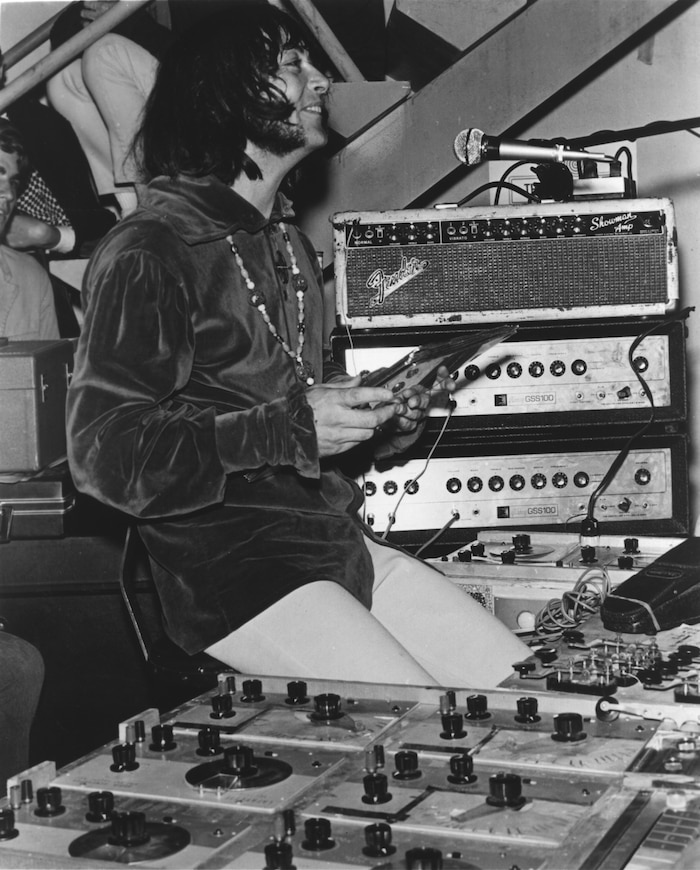
Essentially, The Simeon was a rudimentary synthesizer, although one where all the components were disjointed, weighed approximately 10 kilograms each and required all four limbs to play. Six oscillators were assigned to bass notes and were wired though on/off switches on a piece of plywood at Coxe’s feet. Telegraph keys connected to another bank of pre-tuned oscillators which Simeon played with his right elbows, while his right hand rotated the ‘grandfather oscillator’, the one he first played with at Cafe Wha? for the lead line. His left hand manned the effects and oscillator volumes.
“Not being a keyboard player, I would put colored stickers on the keys to designate chords,” Coxe recalls. “Some songs would be in the key of yellow, some the key of red, some in the key of green. I have a mixer now, but in the 60s they were all just run through a common output and I controlled the individual volumes on each oscillator.”
“We always thought it was more like the mating call between a jackhammer and a Veg-O-Matic.”
Ultimately though, the colored key-signatures of each song would mean very little, as depending on the stability of the power outlets, the time of day, the weather forecast and the amount of radio stations in the vicinity, The Simeon would perform very differently. In fact, it was virtually impossible to predict the note that would come out of the oscillators when Coxe pressed any of the telegraph keys. To compensate for this, he would have to adjust his singing constantly, to which he says, “In the heat of battle, I would always have to pick my way through the vocal parts, because often we would end up on a chord-with-no-name. I remember Danny would just be shaking his head with a big grin on his face. I never knew if it meant he was sympathetic to the predicament I had created for myself, or if he was just saying to himself, ‘It’ll be funny to see Simeon get out of this one.’”
However, this unavoidable dissonance was at least partially responsible for giving the band its otherworldly, inimitable sound. Clash Magazine ran an interview between Coxe and Portishead’s Geoff Barrow in 2010, where Barrow likens the out-of-tune oscillators to ‘glue’ holding the Silver Apples songs together. It’s this inherent glue that made the Simeon so unique, in fact. Instead of using ill-tuned instruments to a achieve a raw sound – as in the case of Ariel Pink, The Stooges or Sun Araw – or ill-tuned samples, in the case of Madlib or Spaceghostpurrp, the whole aesthetic was contained in a single instrument. The sound of perfect pitch is not the sound of humanity.
Overall, it was this element of serendipity that made The Simeon such a remarkable piece of machinery. With less of a focus on the notes played, Silver Apples became more about rhythm and repetition. One would be hard-pressed to be able to pick out the bass notes on songs like “Whirly Bird”, but the rhythmic groove is immediate – as was the sound. For The Simeon was capable of some serious bass – more than folks in the late 60s were accustomed to, no doubt. Because Coxe had no training as a keyboard player, his musical mission was “to get the pulsating oscillators to tickle rib-cages, and everything else for that matter.” For this reason, concerts could often be scary for the ill-prepared punter – especially if LSD was involved.
While the immense sound of The Simeon was ultimately its raison d'être, there were a few more immediate drawbacks. Consuming inordinate amounts of electricity (16 oscillators ain’t cheap), the machine seemed to constantly be at war with itself. Electrical blow-outs were common, as were small fires and scorched insulation. Coxe counted 376 breakdowns, in fact. For every beer spilt (sometimes purposely) and for every mis-plugged cable, hours of soldering were required. “Basically, I got shocked a lot,” says Coxe. “I had no idea what I was doing.”
Over the decades, The Simeon gradually drifted into a digital phantom of its former self, allowing Coxe to fit the device into his luggage instead of a lorry, and thereby letting him spread the sound of Silver Apples around the globe. This is a good thing overall, although yours truly, laments the loss. Coxe makes no apologies however: “As pretty as the sound can be, I find dealing with analog gear is like pushing a wheelbarrow full of bricks.”
